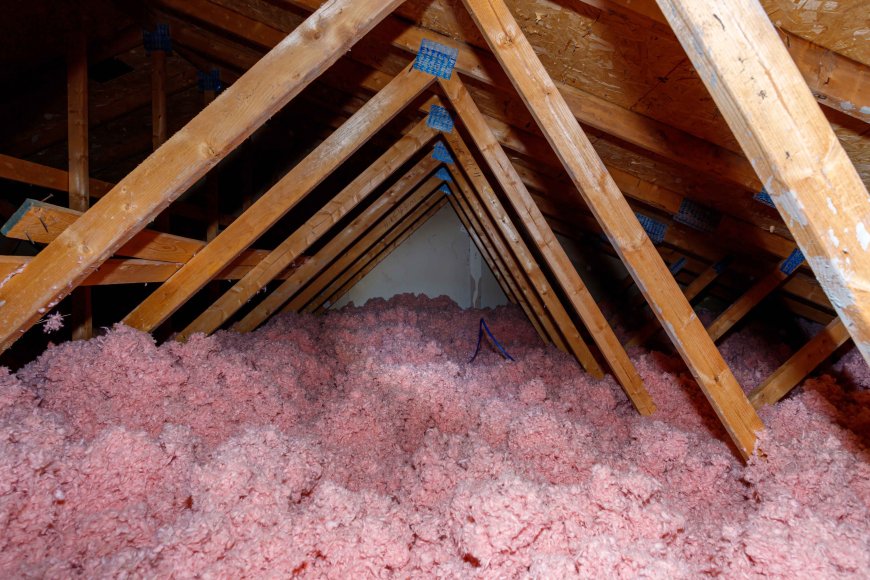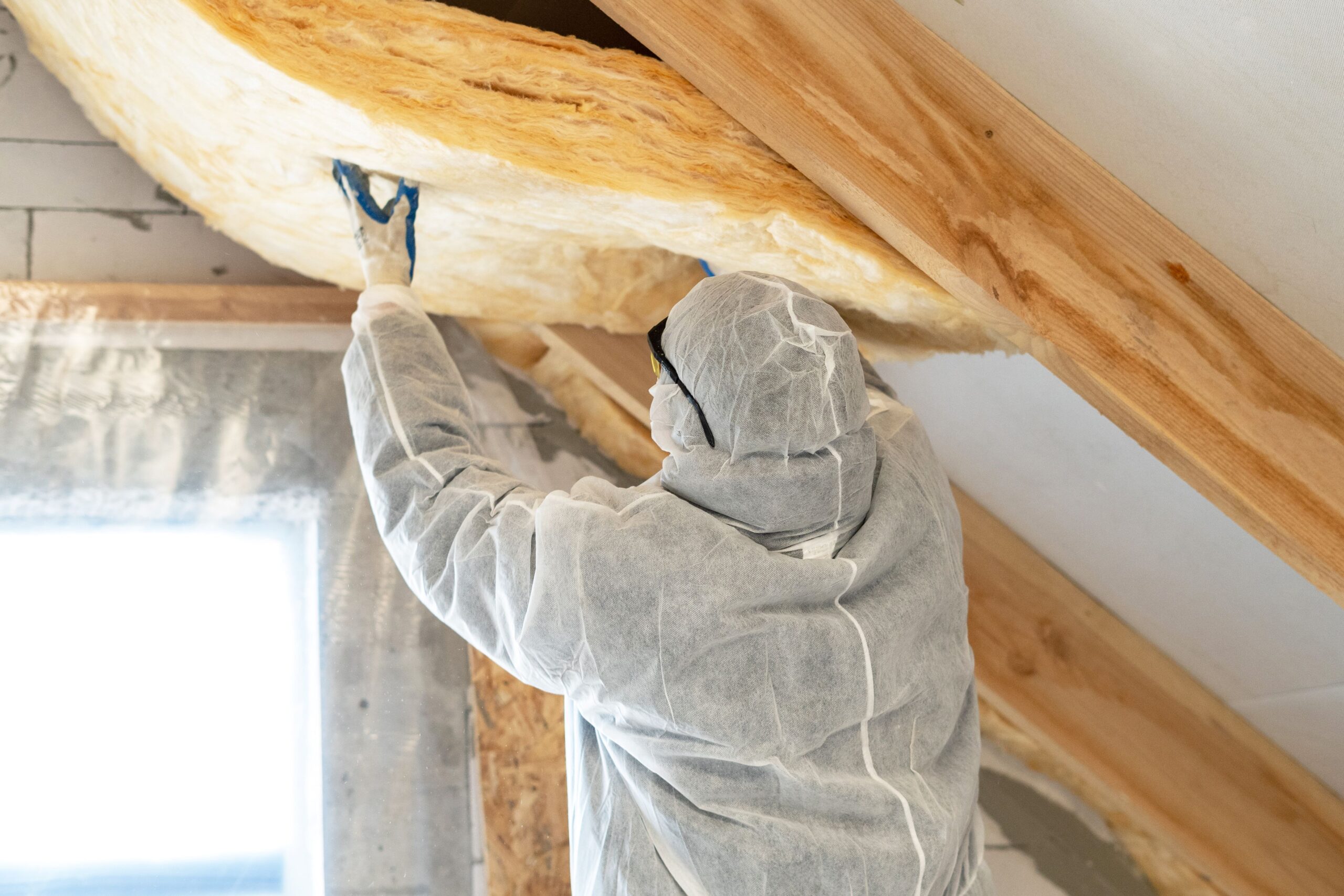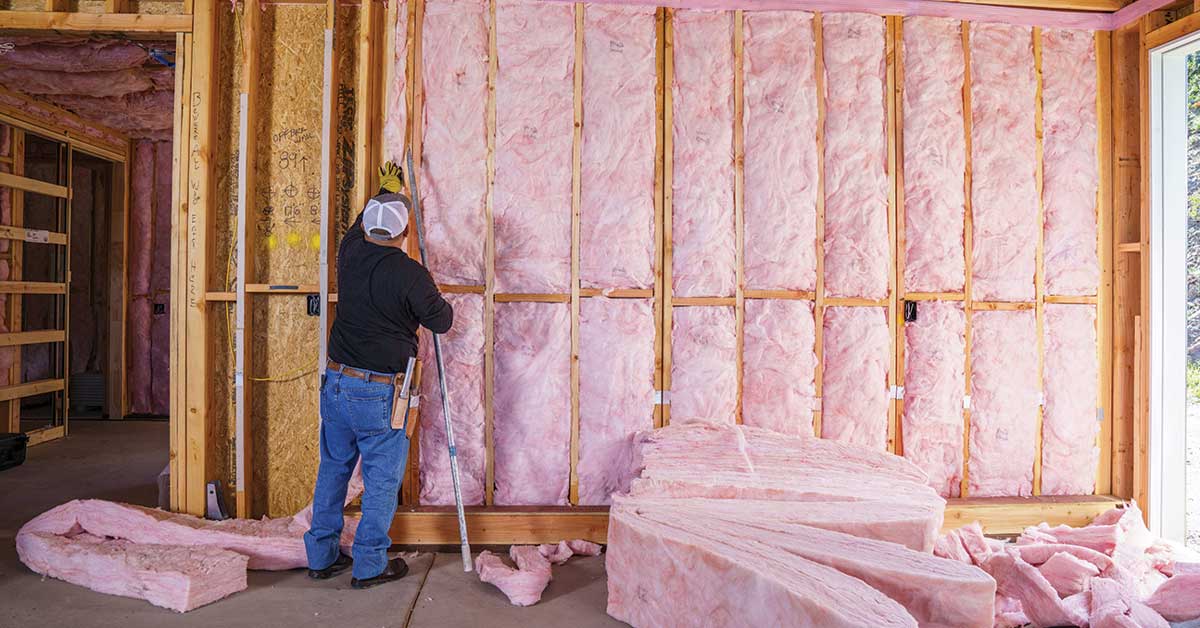How Escambia County Renovators Are Modernizing with High-Density Fiberglass
Home renovation professionals across Escambia County are turning to high-density fiberglass insulation to meet modern energy efficiency standards, fire safety codes, and indoor comfort demands

Home renovation professionals across Escambia County are turning to high-density fiberglass insulation to meet modern energy efficiency standards, fire safety codes, and indoor comfort demands. This shift isn’t just about updating old materials—it’s a strategic move to enhance building performance while reducing long-term energy costs.
High-density fiberglass stands out because of its thermal efficiency, noise reduction capabilities, and non-combustibility. It’s especially valuable in retrofits where space is limited but performance expectations are high. This article explores why Escambia County renovators are increasingly choosing this solution, what it offers over traditional options, and what property owners should evaluate before committing.
Why High-Density Fiberglass Is Gaining Ground
Unlike standard fiberglass batts, high-density fiberglass delivers better thermal performance in less space. It fits tightly into framing cavities, minimizing air gaps that lead to heat loss or gain. Renovators prefer it because it provides high R-values without needing the thickness of alternative options like cellulose or open-cell spray foam.
High-density fiberglass also maintains its shape over time. Settling or sagging is minimal, reducing the need for maintenance. Combined with a relatively simple installation process, these characteristics make it a preferred choice for both residential and light commercial projects across the county.
Key Technical Specifications
|
Attribute |
High-Density Fiberglass |
Standard Fiberglass |
Cellulose |
|
R-Value (per inch) |
R-4.2 to R-4.3 |
R-3.2 to R-3.7 |
R-3.2 to R-3.8 |
|
Density |
2.5 – 3.5 lbs/ft³ |
0.5 – 1.0 lbs/ft³ |
1.5 – 2.0 lbs/ft³ |
|
Sound Absorption |
High |
Medium |
Medium |
|
Fire Resistance |
Non-combustible |
Non-combustible |
Requires additives |
|
Moisture Resistance |
Moderate |
Low |
Low |
|
Settling Over Time |
Low |
Medium |
High |
|
Cost (per sq. ft.) |
$$ |
$ |
$$ |
|
Lifespan |
30–50 years |
20–30 years |
20–30 years |
Bonus Tip:
High-density fiberglass works well behind drywall in retrofits, allowing builders to meet updated energy codes without tearing out walls or adjusting stud dimensions.
Performance and Installation Comparison
|
Feature |
High-Density Fiberglass |
Spray Foam (Open Cell) |
Cellulose |
|
Installation Complexity |
Moderate |
High |
Moderate |
|
Thermal Consistency |
High |
Very High |
Moderate |
|
Retrofitting Ease |
High |
Low |
High |
|
Cost Efficiency |
Moderate |
Low |
High |
|
Environmental Impact |
Recyclable Materials |
Low-VOC options vary |
Recycled content |
Factors Influencing Selection
Space Constraints
Older homes in Pensacola and surrounding Escambia County often have narrow framing spaces. High-density fiberglass provides maximum insulation without needing additional wall depth.
Climate Considerations
Escambia County’s humid subtropical climate makes moisture control essential. High-density fiberglass resists mold better than cellulose and holds its performance even in variable temperatures.
Building Codes
Modern codes require tighter building envelopes. High-density fiberglass enables renovators to meet new R-value mandates without switching to more expensive materials.
Energy Efficiency Goals
The material's consistent thermal barrier reduces HVAC cycling, contributing to lower utility bills. U.S. Department of Energy data shows that homes using high-performance insulation materials can cut heating and cooling costs by up to 20%.
Things to Consider Before Making a Decision
Budget vs. Performance
While cheaper options may appeal initially, high-density fiberglass offers long-term savings. Balance upfront costs with lifecycle performance.
Compatibility with Existing Structures
Ensure framing dimensions and wall conditions suit dense insulation. In tight or uneven cavities, compressed fiberglass can underperform.
Installation Expertise
Though easier to install than foam, precise cutting and placement are crucial. Poor installation can cause gaps that reduce efficiency.
Local Climate Behavior
Moisture buildup in humid zones like Escambia County can reduce performance. Use vapor barriers when required.
Long-Term Maintenance
Fiberglass insulation is maintenance-free in most cases, but areas prone to moisture intrusion may need occasional inspection.
Common Questions
Can high-density fiberglass be used in ceilings or floors?
Yes, especially in applications where soundproofing is important. It also supports horizontal framing due to its stiffness.
Is it safe for indoor air quality?
Fiberglass insulation is inert and non-combustible. Once installed and sealed behind wallboard, it does not release particles into the air.
How does it compare to foam in sealing air gaps?
Unlike foam, fiberglass doesn't act as an air barrier. It must be combined with sealing materials like caulk or foam strips for airtight results.
Does it meet fire safety codes?
Yes. High-density fiberglass is naturally fire-resistant and meets residential and commercial building codes.
How long does it last?
With proper installation, it remains effective for 30 to 50 years without degradation or settling.
Bonus Tip:
Pair high-density fiberglass with a tight building envelope strategy—using air sealing, vapor barriers, and insulated ducts—for maximum efficiency.
Market Data Insight
According to a 2024 report by the Insulation Manufacturers Association, the demand for high-density fiberglass grew 11% in the southeastern U.S., driven by energy efficiency mandates and the push for greener renovations in storm-prone regions like Florida.
Conclusion
High-density fiberglass insulation offers Escambia County renovators a balanced solution—combining performance, code compliance, and affordability. With tighter energy standards, increasing material costs, and the need for long-term solutions, this material delivers solid value for most retrofit projects.
Choosing insulation isn’t just a technical decision—it impacts comfort, energy use, and future maintenance. Carefully consider local conditions, installation quality, and building goals before finalizing your choice.
Ready to Achieve Maximum Efficiency?
Apply these insights now: Schedule your retrofit consultation with Prestige Insulation Solutions LLC to learn how high-density fiberglass can optimize your project’s performance.
Contact:
Prestige Insulation Solutions
Phone: (850) 429-4969
Email: prestigeinsulationsolutions@gmail.com
Reviewer:
With over 13 years in spray foam insulation, Benjamin Lee reviewed this content and offered feedback aimed at helping growing businesses connect with local homeowners and commercial clients more effectively.
FAQ
1. What makes high-density fiberglass different from standard fiberglass?
High-density fiberglass has a tighter composition and higher R-value per inch, making it more effective in limited spaces. It also resists settling and offers better sound absorption.
2. Can high-density fiberglass be installed in existing walls?
Yes. It's commonly used in retrofit projects where walls remain intact. Professional installers can fit it into cavities without major demolition.
3. Does high-density fiberglass help with noise reduction?
Yes. Its density makes it highly effective at dampening sound between rooms, floors, and exterior walls—ideal for both residential and commercial renovations.
4. Is high-density fiberglass environmentally friendly?
It often contains recycled glass and is fully recyclable. Unlike foam options, it doesn’t release harmful chemicals and meets most green building standards.
5. How does it perform in Escambia County’s humid climate?
High-density fiberglass resists moisture absorption better than cellulose and retains its R-value in humid conditions. However, proper vapor barriers and air sealing are still essential.
What's Your Reaction?
 Like
0
Like
0
 Dislike
0
Dislike
0
 Love
0
Love
0
 Funny
0
Funny
0
 Angry
0
Angry
0
 Sad
0
Sad
0
 Wow
0
Wow
0









































